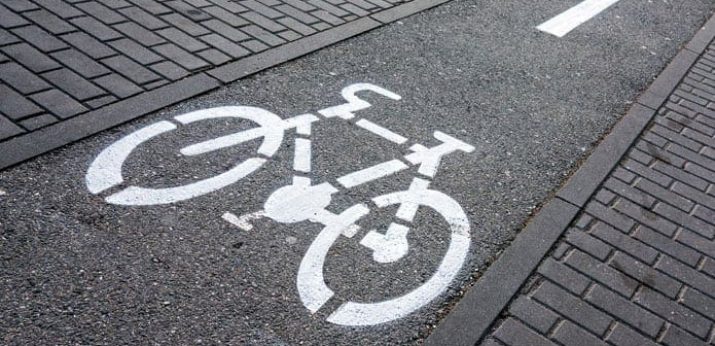Thermoplastic Application is a science. When the process is performed correctly, the result is clean, skid proof, crack resistant, durable lines and symbols on asphalt or Portland cement. The product should have an effective performance life that adds value to parking lots and street paving projects. Using good products from reputable manufacturers and suppliers means that pavement markings have significant environmental resistance, perform well in low temperature and high-temperature settings without cracking or peeling. In short, good quality thermoplastic products do their job perfectly year after year. In the following article, we look at how to set up the thermoplastic application so that the results are compliant and long-lasting. The process for setting thermoplastic application is as follows, but should always be applied following the manufacturer’s suggested methods.
UNDERSTAND THE SURFACE
Thermoplastic application works for asphalt and Portland cement. In the case of Portland cement, if the surface is from a newly poured project then the curing layer on the cement must be removed by sandblasting. If the Portland cement surface is not prepped by sandblasting, then the thermoplastic material will not adhere properly, and many of the desired properties of thermoplastic will fail. In short, without proper preparation, the life the project will shorten, the markings may lift off in weather or crack. The result would be a poor return on investment for the parking lot owner or the municipality.
Working with new asphalt is not a problem. Markings and pre-formed figures can go on to new asphalt the same day in which the asphalt is laid. According to the Institute of Transportation Engineers via their Traffic Control Devices Handbook, there are two types of thermoplastics. The first type of thermoplastic does not require that the road surface be preheated before the product is applied. The second type requires that the surface of the road be preheated to manufacturer’s recommendation prior to the installation of the product. As such, it is important to know which type of product you are working with before application.
UNDERSTAND THE PRODUCT
Centerline sells three types of thermoplastics. The first product is approved by AASHTO. The second is approved by the Department Of Transportation. The third general road marking material that comes in a solid form and then liquefies when heated according to package directions.
- Thermoplastic AASHTO specified: Solid that liquefies when heated. Uses hot application and contains a binder, pigments, filler, and glass beads. Good for asphalt or concrete but requires primer for concrete.
- Thermoplastic DOT specified: Solid that liquefies when heated. Uses hot-application and contains a binder, pigments, filler, and glass beads. Perfect for asphalt application and concrete applications, but requires primer for use on concrete surfaces.
- General Thermoplastic Road Marking Material: Solid that liquefies when heated. Uses hot application and contains binder, pigments, filler, and glass beads. Good for asphalt or concrete but requires primer for concrete.
While the products all seem to offer the same, their approval by one agency or another makes them different. It is important to understand which agency has jurisdiction over your project. Centerline also stocks and sells pre-formed thermoplastic shapes and symbols that make your project uniform, code compliant, and easier. Shapes include arrows, bike figure, lettering, wide strips, numbering, and thin strips.
If you would like more information about thermoplastics or any of the products that Centerline sells, visit the thermoplastic section of our website or call us toll-free.














